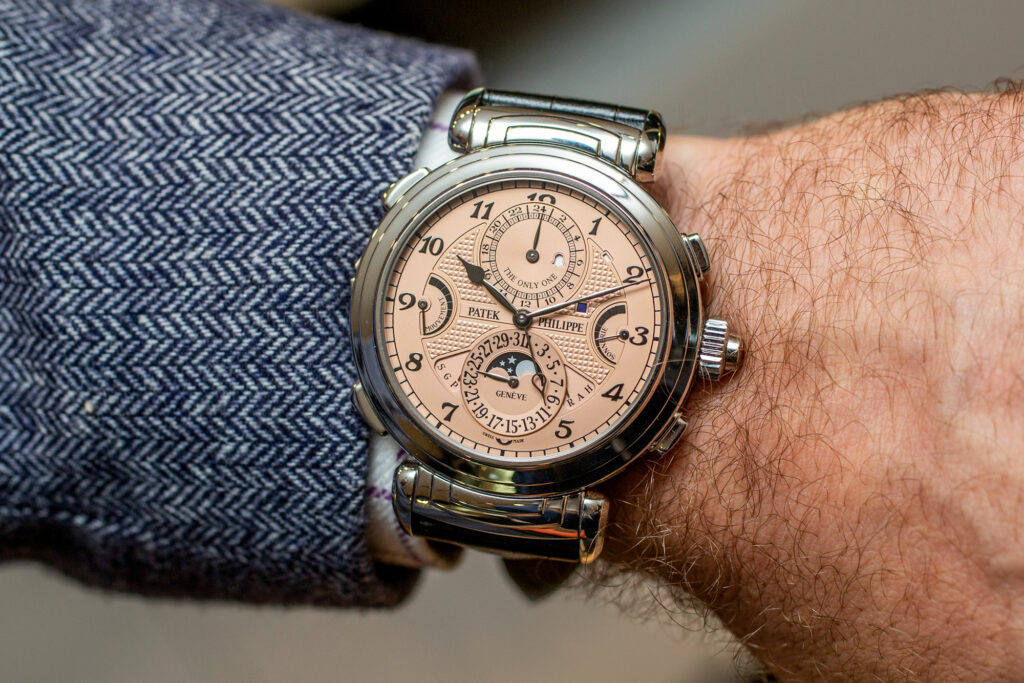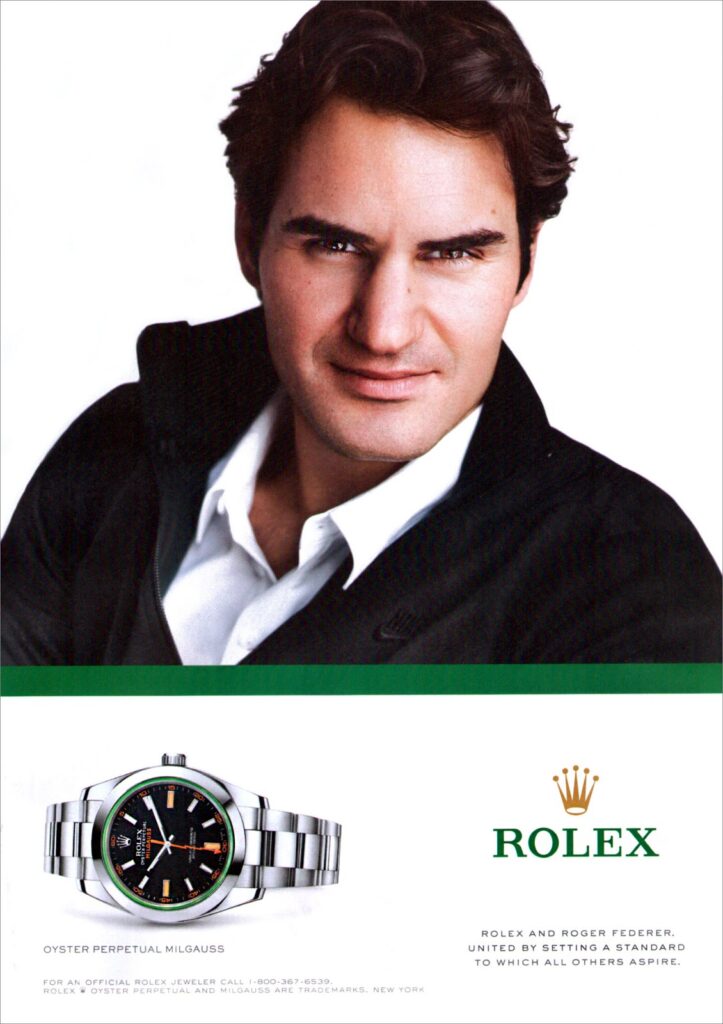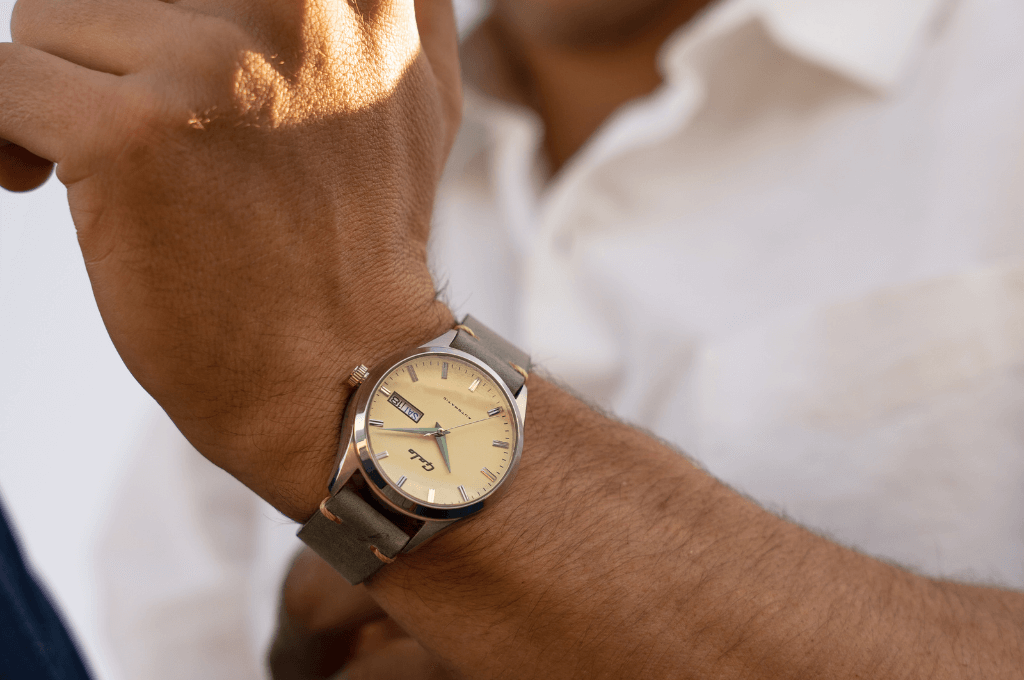You know, I’ve been thinking a lot about luxury watches lately. They’ve always been this ultimate symbol of status and sophistication, right? People have been willing to spend an insane amount of money on a watch just to show off their taste and lifestyle. But the market for these timepieces has changed quite a bit in recent years. It’s fascinating, really. Revenues have gone up, but the number of watches being sold has gone down. This shift has led to new winners, losers, and opportunities, as well as a few threats for everyone involved in the industry.
So, let me tell you what I think is happening here. First off, I believe that one of the main reasons for the decrease in the number of luxury watches being sold is the rise of smartwatches. You know, those nifty gadgets that look like watches but can do so much more than just tell time. They can track your steps, send messages, and even make phone calls. As more and more people turn to these high-tech devices for their everyday needs, the appeal of a traditional timepiece has understandably diminished.
I’ve also noticed that younger generations don’t seem to be as into luxury watches as their parents and grandparents were. It seems to me that many of them would rather spend their money on experiences, like traveling or going to concerts, rather than on material possessions like an expensive watch. This is a significant factor contributing to the shift in the luxury watch market.
Also Read: How do Luxury Brands Use Social Media to Market Themselves
But here’s the interesting part: despite the challenges I mentioned, revenues in the luxury watch industry have actually gone up. How is that even possible, you ask? Well, it’s mainly because the price of luxury watches has continued to rise. As demand has shifted towards high-end timepieces, companies have responded by producing more exclusive and expensive models. So, while fewer watches are being sold, the ones that are being sold are at a much higher price point.
Let’s take a look at some examples, shall we? For instance, Patek Philippe, a Swiss luxury watch brand known for its exquisite craftsmanship, has seen an increase in demand for its high-end models. One of their watches, the Grandmaster Chime Ref. 6300A-010, sold for a whopping $31 million at a charity auction in 2019. That’s the highest price ever paid for a wristwatch!

On the other hand, brands that rely on mass production and lower-priced watches have been struggling to keep up. Take Swatch Group, for example, which owns brands like Swatch, Tissot, and Hamilton. They reported a decline in sales of 8.3% in the first half of 2021 compared to the same period in 2020. The shift towards higher-priced models has made it difficult for these companies to compete, as they can’t match the exclusivity and perceived value of luxury brands like Rolex or Patek Philippe.
Now, let’s talk about the threats to the industry. The rise of smartwatches and other technology-driven devices has led some to question the long-term viability of traditional timepieces. I mean, if people can get a watch that does so much more than just tell time, will they still be interested in luxury watches that cost a small fortune? It’s a valid concern, in my opinion.
Moreover, the younger generation’s lack of interest in luxury watches could pose a long-term challenge for companies that rely on these consumers for future growth. It’s crucial for these brands to figure out how to appeal to a generation that values experiences and digital technology over traditional status symbols.
But it’s not all doom and gloom! There are also opportunities for innovation and growth within the industry. For example, some companies have started exploring ways to integrate technology into their traditional timepieces, creating hybrid models that offer the best of both worlds. TAG Heuer, a Swiss luxury watchmaker, has released its Connected series, which combines the aesthetics of a classic watch with the functionality of a smartwatch. This allows customers to enjoy the prestige of a luxury timepiece while still benefiting from the convenience of modern technology.
Another area where some companies are focusing their efforts is sustainability and ethical production. Brands like Oris and Panerai have introduced watches with environmentally-friendly materials and manufacturing processes. By embracing these responsible business practices, they’re appealing to consumers who value not only the style and craftsmanship of a luxury watch but also the environmental and social impact of their purchases.
Collaborations with artists, designers, and celebrities have also proven to be a successful strategy for some luxury watch brands. For example, Rolex has a long-standing partnership with tennis star Roger Federer, while Audemars Piguet has worked with basketball player LeBron James. These collaborations help to create buzz and excitement around the brand, attracting new customers and keeping existing ones engaged.

I think it’s essential for luxury watch companies to continuously innovate and adapt in order to stay ahead of the curve. They need to understand the changing consumer demands and preferences, and find ways to address them. This could involve incorporating cutting-edge technology, focusing on sustainable and ethical production, or even exploring new designs and aesthetics that resonate with younger consumers.
Also Read: How Lifestyle Changes Affect Luxury Brands
So, what does this all mean for you, my young watch enthusiast? It means that the world of luxury watches is full of exciting changes and new opportunities. With unique designs, cool materials, and awesome tech, there’s never been a better time to be a watch fan! Keep exploring and learning about this amazing world, and who knows maybe one day you’ll have your own collection of incredible timepieces!
Now let’s talk about shopping for a luxury watch. When you’re out there hunting for the perfect watch, make sure to keep an eye on what’s trending and what’s unique. Look for brands that are pushing the boundaries and trying new things. You never know, you might find a watch that’s not just a status symbol, but also a conversation starter.
And don’t forget about pre-owned watches! Sometimes, you can find amazing deals on second-hand luxury watches that still look great and work perfectly. Plus, you’ll be giving new life to a beautiful timepiece that might have otherwise been forgotten.
Finally, when it comes to luxury watches, always remember that it’s not just about how much money you spend or the brand name on the dial. It’s also about finding a watch that speaks to you and reflects your unique style and personality. So, take your time, do your research, and find a watch that truly resonates with you.
To sum it up, the luxury watch industry has certainly experienced some significant changes in recent years. While it’s true that some companies have struggled to adapt, others have found new opportunities for growth and innovation. The key is to stay relevant and in tune with what consumers want, and to be willing to evolve with the times.
At the end of the day, a luxury watch is more than just a timepiece; it’s an expression of one’s personal style and values. By embracing change and focusing on the aspects that make their products unique and desirable, luxury watch brands can continue to thrive in the face of shifting consumer preferences and technological advancements.
In a world where time seems to be moving faster than ever, luxury watches serve as a reminder of the beauty and artistry of craftsmanship. They connect us to a rich history of innovation and skill, while also reflecting our individual tastes and aspirations. And as long as there are people who appreciate the elegance, sophistication, and timelessness of these exceptional timepieces, there will always be a place for luxury watches in the hearts – and on the wrists – of discerning consumers.
















